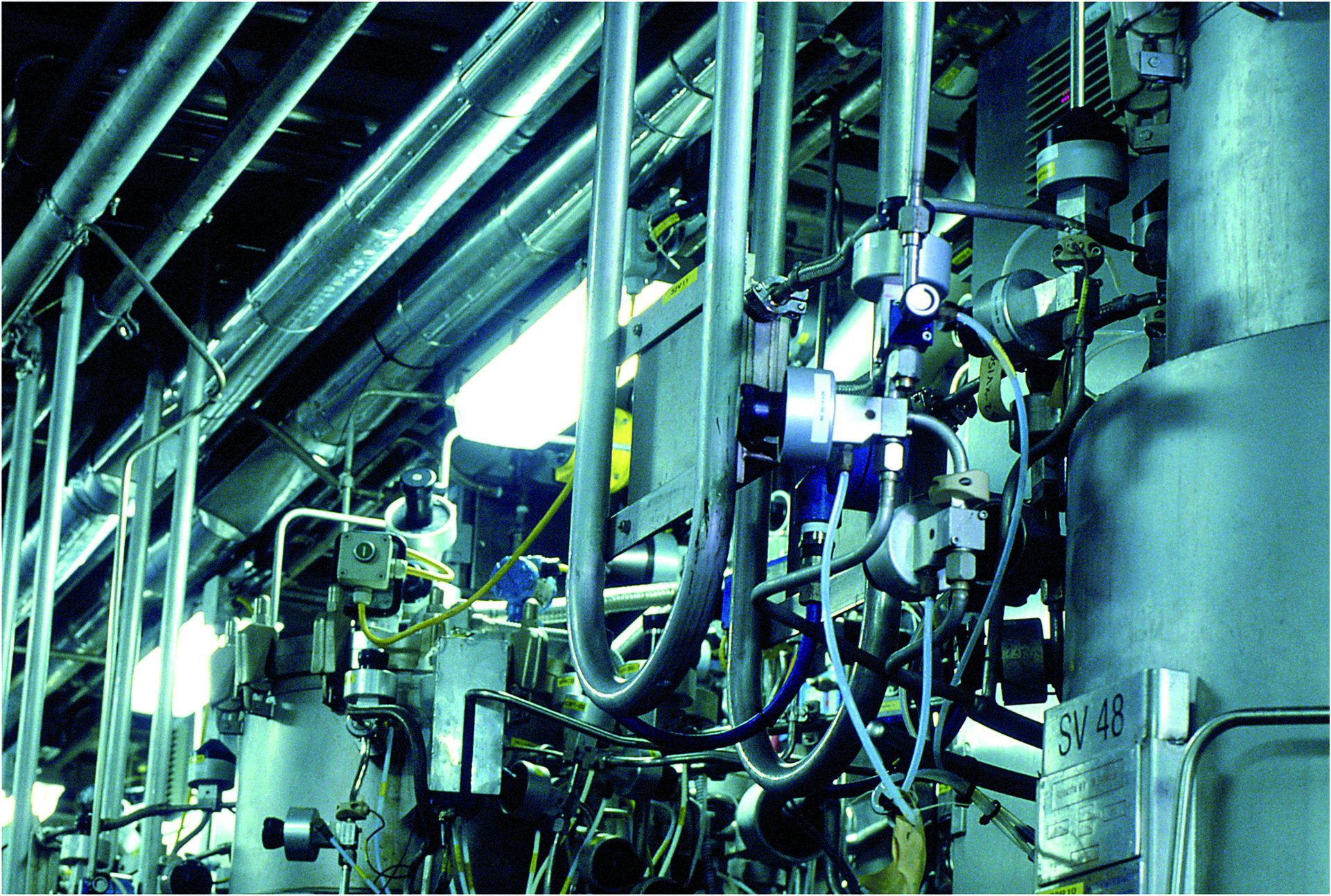Conditions in a bioreactor vary over time and location. The computer simulations we develop in my group describe these variations and how micro-organisms respond to their changing environment. This combination of reactor- and cell models allows for detailed predictions regarding overall process efficiency and how to improve this.
The key aspect is to capture how micro-organisms interact with their environment in an industrial reactor. Therefore, the starting point are simulations at the industrial scale, which we use to determine the variations in the environment as experienced by the micro-organisms. Together with my colleagues from Industrial Microbiology, we can then setup representative lab-scale experiments to validate our findings, and to improve our models where needed.
Taking the point of view of cells allows us to understand what happens inside industrial bioreactors – and to improve them
Cees Haringa
Within the context of the Zero Emission Biotechnology research programme, we develop rapid simulation models to improve the design of bioreactors. Existing bioreactors provide only few means for influencing reaction conditions, or for the optimal design of a new reactor for a novel bioprocess. We primarily focus on pure cultures, although they could be extended to microbial mixes.
Our research supports improved bioreactor design but may also help guide our microbiology colleagues to evolve or modify the micro-organisms for a more efficient industrial-scale process.
